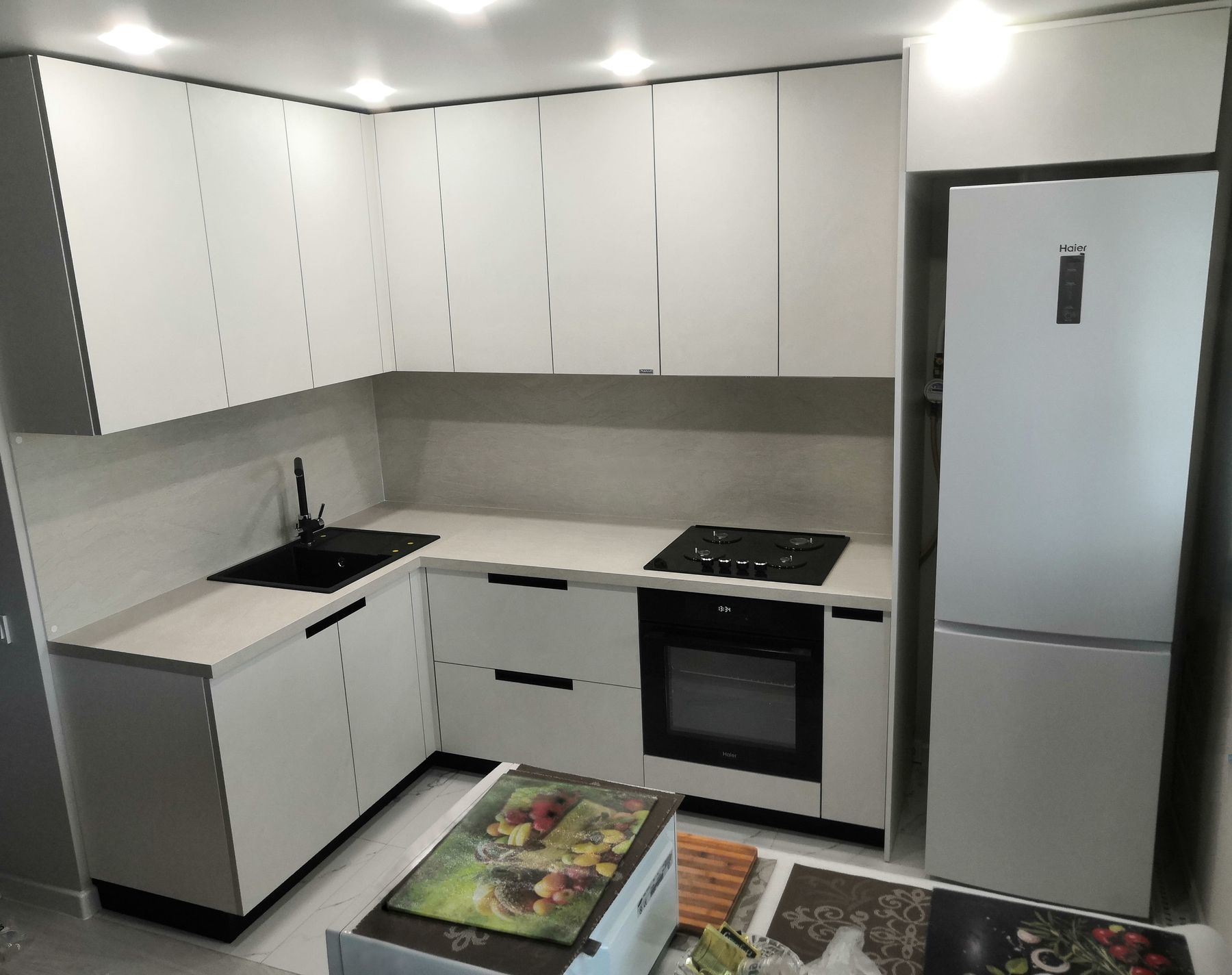Culinary Spaces Redefined: Marrying Functionality with Aesthetics
The evolution of culinary spaces over the years is a testament to the dynamic nature of interior design and user needs. No longer confined to the sole purpose of food preparation, kitchens have become the heart of the home, where functionality meets social interaction, personal expression, and aesthetic appeal. This transformation has prompted a redefinition of these spaces to accommodate the changing lifestyles and culinary practices of modern society.
The Modern Culinary Landscape
Today's culinary spaces are about open-plan designs that facilitate a seamless flow between cooking, dining, and living areas. This integration encourages social cohesion, allowing families and friends to gather and engage with one another without barriers. Moreover, the modern kitchen has become a showpiece, sporting high-end appliances, bespoke cabinetry, and innovative materials that are as beautiful as they are durable.
Technology Infusion
Technological advancements have influenced culinary spaces, making them more intuitive and efficient. Smart appliances that connect to mobile devices allow for remote monitoring and control, while sensor-activated features improve hygiene and ease of use. Cutting-edge innovations include refrigerators that track expiration dates, ovens that can be preheated from afar, and faucets that respond to voice commands, each adding a layer of convenience to the culinary experience.
Sustainability and Wellness
Consciousness about the environment and personal well-being is driving a trend towards sustainable design in culinary spaces. Eco-friendly materials, energy-efficient appliances, and waste-reduction systems are not just kind to the planet but also promote healthier living. The inclusion of herb gardens, composting solutions, and the use of non-toxic finishes ensure that home cooks can prepare meals in a safe and sustainable environment.
Multipurpose Functionality
Culinary spaces have grown to incorporate multiple functions. Whether it's an island that acts as a prep station, dining area, and homework hub or a pull-out pantry that serves as an organizational powerhouse, flexibility is key. Customizable storage solutions and convertible furniture pieces allow these spaces to adapt to a range of activities and crowd sizes, reaffirming the kitchen’s role as a versatile utility hub.
Design for All Ages
A significant aspect of redefining culinary spaces is the focus on creating inclusive environments that cater to individuals of all ages and abilities. Ergonomic design principles are being implemented to ensure that kitchens are safe, comfortable, and accessible. Features such as variable-height countertops, pull-down shelving, and non-slip flooring provide peace of mind and ease of use for children, adults, and seniors alike.
Personalization and Unique Styles
Personal tastes and unique styles play a significant role in the design of modern culinary spaces. Homeowners are choosing to express their personalities through custom color palettes, handcrafted tiles, and one-of-a-kind light fixtures. This level of personalization ensures that each kitchen space is as individual as its owner, telling a story through its design choices and reflecting the personal style within its walls.
Conclusion: The Evolving Heart of the Home
Culinary spaces have undergone a profound transformation, evolving to meet the complex needs of contemporary life. They now represent a delicate balance between form and function, private and public, tradition and innovation. As the roles of these spaces continue to expand and adapt, one thing remains certain: the kitchen will persist as a central, multifaceted space that nourishes not just our bodies, but also our social connections and creative spirits.
